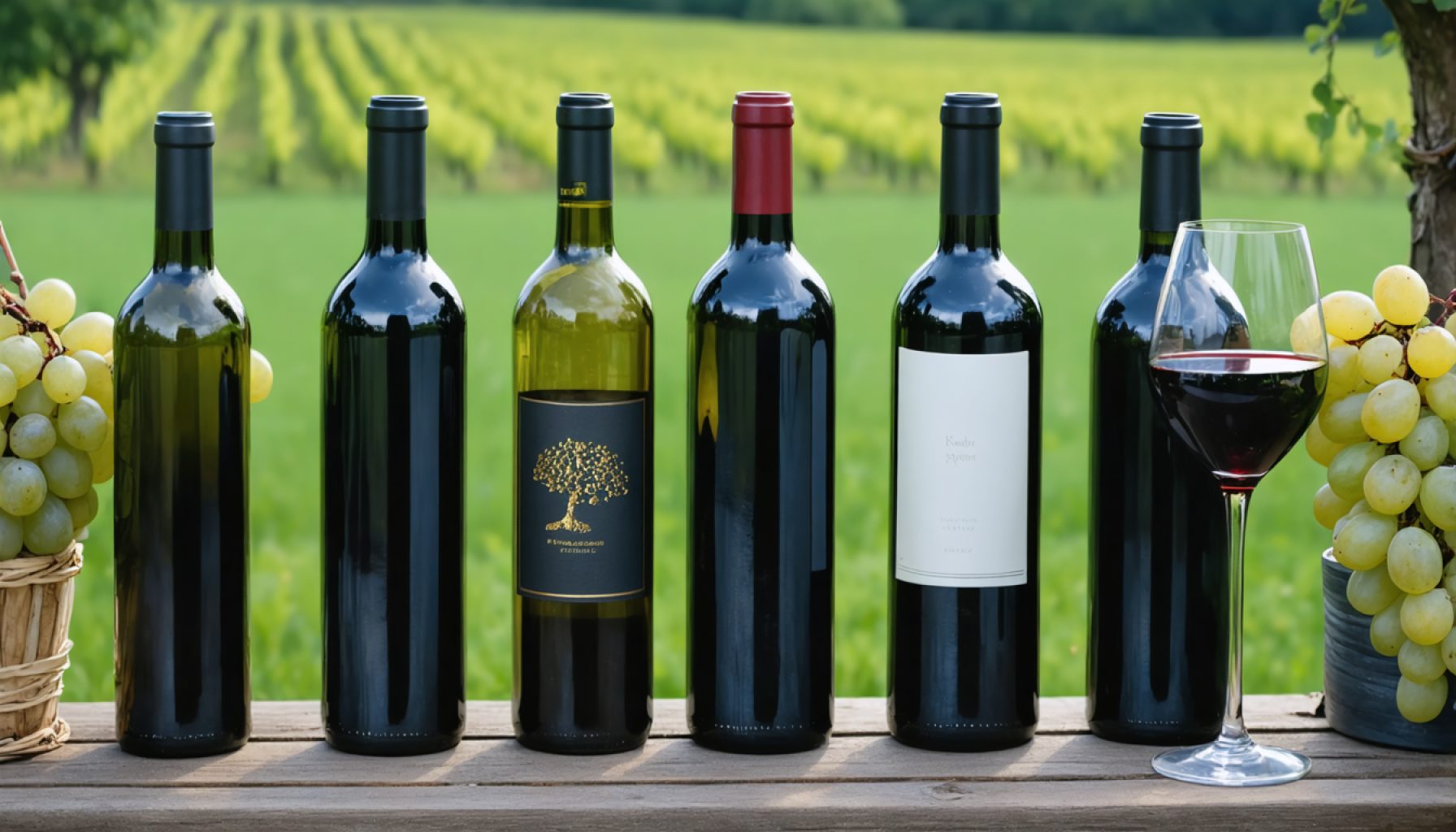- European explorers introduced grapevines to regions like Chile, Argentina, Australia, South Africa, and the United States, creating a global wine culture.
- The introduction of European vines to new climates led to unique flavors and the emergence of “New World” wines alongside traditional “Old World” wines.
- “New World” wines, aged in oak barrels, brought diverse traditions and textures to winemaking.
- Modern winemakers increasingly blend techniques and varieties, challenging traditional classifications of wine into “Old” and “New” Worlds.
- The boundaries between wine categories are fading, reflecting a dynamic culture that merges tradition with innovation.
- Present-day wines emphasize a global influence, celebrating unity in diversity with daring, innovative wine blends.
Picture this: a time when hearty European explorers embarked on voyages across vast, untamed oceans, grapevines delicately packed in the hulls of their ships. Their mission? To plant the seeds of European viticulture in foreign soils, far from the cobbled streets of their homelands. This migration sowed the first vines in Chile, Argentina, Australia, South Africa, and the nascent United States, crafting a global tapestry of wine unlike any conceived in Europe.
As these vines thrived in new climates, blending with local terroirs, an unexpected variety of bold flavors blossomed. The oak barrels, historically European, aged these wines in unique ways, defining what we know as the “New World” wines—juxtaposed with the “Old World” European classics. This powerful evolution birthed not just new wines, but entire cultures around them, rich in different traditions and textures.
Yet, as time flows on, the tapestry intertwines further. The hard line separating these wine worlds begins to dissolve. Winemakers on either side borrow techniques, styles, and even grape varieties, melding them into new hybrids. Critics and connoisseurs now debate the necessity of classifying wines by such antiquated terms. Brand new wine blends emerge, proof that the wine world is no longer as black and white as it once was.
The takeaway? The rigid categories of “Old World” and “New World” are becoming relics of the past, as the globe embraces a fluid, dynamic wine culture where innovation reigns supreme. Raise a glass to the notion that today’s wines are not bound by borders, but defined by their ability to unite tradition and innovation in a single sip.
Global Wine Revolution: How New World Wines are Redefining Tradition
How-To Steps & Life Hacks
How to Choose the Perfect Wine for Any Occasion
1. Understand the Basics: Familiarize yourself with the difference between Old World and New World wines. Old World wines are more about tradition, with a focus on terroir, while New World wines emphasize fruit and innovation.
2. Match to the Menu: New World wines often have higher alcohol content and fruitier flavors, making them ideal accompaniments to flavorful dishes like BBQ or spicy Asian foods.
3. Explore Hybrid Blends: As winemakers blend styles and grape varieties from different regions, you can experiment with modern blends that offer unique taste profiles.
4. Trust Your Palate: Ultimately, personal preference should guide your selection. Try different styles until you find your favorite.
Real-World Use Cases
New World wines have thrived in various settings, including:
– Gastronomy: Pairing with modern cuisine trends such as fusion cuisine.
– Weddings and Celebrations: Wines like Australian Shiraz or Chilean Carmenere are popular for their bold flavors.
– Gifts: Gifting a bottle of Californian Zinfandel showcases an appreciation for innovation and boldness in winemaking.
Market Forecasts & Industry Trends
The New World wine industry is projected for steady growth.
– Market Size: The global wine market is expected to exceed $450 billion by 2025, with significant contributions from New World regions.
– Consumer Shift: More wine consumers are open to non-traditional wines, exploring unique blends and emerging wine markets like Uruguay or Brazil.
Reviews & Comparisons
– Old World vs. New World: Traditionalists may prefer terroir-driven French Bordeaux, whereas adventurous drinkers might choose vibrant Californian Pinot Noir.
– Handcrafted Hybrids: Modern winemakers are praised for innovative techniques and sustainability practices, combining Old World discipline with New World creativity.
Controversies & Limitations
– Classification Debate: Some critics argue that the New vs. Old World distinction is outdated and overly simplistic.
– Climate Change: As climate conditions shift, traditional wine regions are experiencing drastic changes in grape production, impacting wine taste and availability.
Features, Specs & Pricing
– New World Wine Features: Typically higher in alcohol, with bold fruit flavors and oak influence.
– Pricing: Varied, often more accessible than Old World counterparts, depending on region and brand.
Security & Sustainability
– Sustainable Practices: New World winemakers increasingly adopt organic and biodynamic methods. Regions like California have strict sustainability regulations.
Pros & Cons Overview
– Pros: Availability, diversity in flavors, innovative practices.
– Cons: Sometimes lacks the complexity or historical richness associated with Old World wines.
Insights & Predictions
The continued blending of techniques suggests a future where ‘New World’ and ‘Old World’ distinctions are less relevant, with a focus on the grapes, methods, and quality.
Quick Tips
– Experiment with Pairings: Don’t be afraid to try New World wines with traditional dishes.
– Stay Informed: Follow wine industry news to keep up with emerging regions and innovative blends.
For more information about wine, its types, and cultural significance, visit Wine.com or Wine Spectator.
Embrace the evolving landscape of winemaking and discover a world without borders—only flavors.
